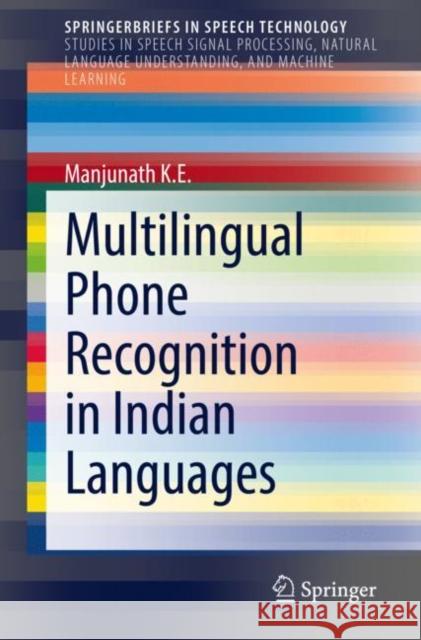Multilingual Phone Recognition in Indian Languages » książka
topmenu
Multilingual Phone Recognition in Indian Languages
ISBN-13: 9783030807405 / Angielski / Miękka / 2021 / 104 str.
Kategorie:
Kategorie BISAC:
Wydawca:
Springer
Seria wydawnicza:
Język:
Angielski
ISBN-13:
9783030807405
Rok wydania:
2021
Wydanie:
2022
Numer serii:
000419729
Ilość stron:
104
Waga:
0.18 kg
Wymiary:
23.39 x 15.6 x 0.64
Oprawa:
Miękka
Wolumenów:
01
Dodatkowe informacje:
Wydanie ilustrowane











